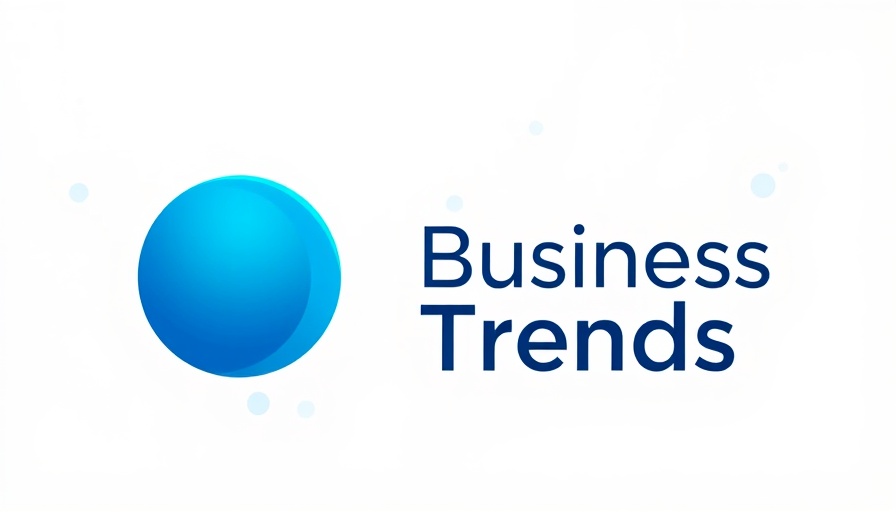
Restoring Financial Integrity in SBA's 7(a) Loan Program
The U.S. Small Business Administration (SBA) has taken significant steps to restore financial integrity within its 7(a) loan program by reinstating lender fees. This policy reversal, announced on March 29, 2025, aims to address what the SBA describes as severe financial mismanagement under the previous administration. According to SBA Administrator Kelly Loeffler, the changes are vital to safeguarding taxpayer interests and promoting sustainable small business growth.
Understanding the Implications of Lender Fee Reinstatement
The reinstatement of lender fees comes after a waiver that lasted from 2022 to 2024, which the SBA claims resulted in over $460 million in uncollected fees and led to a rise in loan defaults. The program, designed to provide crucial funding resources for small businesses unable to obtain traditional financing, has operated under a zero-subsidy mandate. This means that it must sustain itself financially without taxpayer burden, further emphasizing the importance of collecting lender fees.
A Timbering Contrast: Pre and Post-Policy Challenges
Prior to the reinstatement of lender fees, the 7(a) program experienced a significant downturn, with a projected deficit of $397 million for Fiscal Year 2024. Factors contributing to this included looser underwriting standards and the inclusion of non-bank lenders that complicated accountability. For comparison, the years leading up to this period saw growth in small business loans and fewer defaults, highlighting the stark contrast.
Future Trends: What Lies Ahead for Small Business Financing?
In the coming weeks, the SBA plans to introduce additional measures aimed at fortifying the program’s financial foundation. As these changes unfold, small business owners and lenders alike may wonder how these policy shifts will influence the lending landscape moving forward. The goal remains clear: restore reliability and protect taxpayer investment while ensuring small businesses have access to necessary funding.
Protecting Taxpayer Interests and Small Businesses
The SBA’s recent actions underline a critical lesson in public financial management and accountability. Taxpayers should be reassured that measures are being enacted to protect their interests through reinforced lender fees. For business owners, this transparency should theoretically translate into a stronger and more reliable funding environment. As the SBA works to strike a balance between supporting entrepreneurs and upholding fiscal responsibility, vigilance is key.
Actionable Steps for Small Business Leaders
Amidst these changes, CEOs, CFOs, and business owners should proactively assess their financing strategies. Monitoring how these changes impact lender relationships and overall lending practices will be crucial. Engaging with local SBA representatives to understand upcoming adjustments will not only provide insights but also help businesses remain competitive. Further, exploring diverse funding channels could mitigate potential risks associated with relying too heavily on one type of financing.
In closing, understanding the financial shifts within SBA's operations is essential for small business leaders looking to thrive in an evolving economic landscape. As taxpayer-backed programs adapt, aligning operational strategies with emerging financial realities will empower businesses to secure the funding needed for sustained success.
 Add Row
Add Row  Add
Add 



Write A Comment